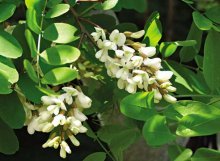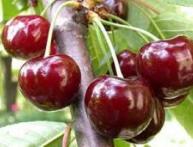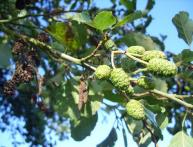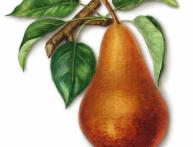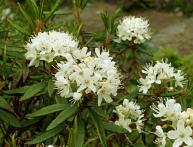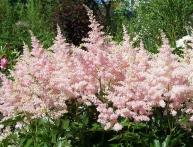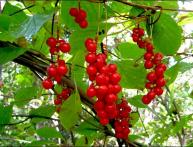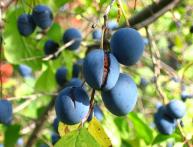Robinia pseudoacacia: types, cultivation, care
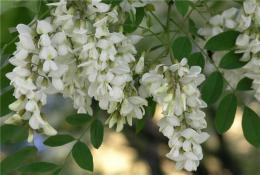
One of the most beautiful trees belonging to the genus Robinia is acacia. Robinia false locust has another name - white acacia. However flowers can be not only white. Depending on the type and variety of the plant, acacia flowers are red or lilac.
Content:
- Robinia pseudoacacia: description
- Main varieties and types of Robinia
- How to grow black locust
- Features of caring for Robinia
Robinia pseudoacacia: description
Robinia false locust is a beautiful ornamental tree. During the flowering period, fragrant white flowers appear on it. Acacia can reach up to 25 meters in height. The trunk thickness is 1 meter. The crown of the tree is openwork and spreading. The bark on the acacia trunk is thick with longitudinal cracks. The leaves of the ornamental tree are arranged alternately and consist of ovate leaflets. They are green with a slight silvery tint and can reach up to 25 cm in length. The flowers are small, fragrant, usually white, collected in large inflorescences. Robinia false locust blooms in May-June. The nectar in the flower is released in large quantities for several days. Therefore, we can talk about the high honey productivity of acacia.
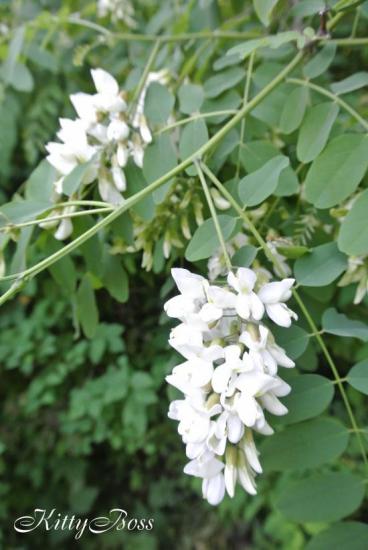
In autumn, acacia fruits begin to ripen - flat beans. In winter, when there is no foliage on the tree, thorns can be found on the shoots. The young plant is quite sensitive to low temperatures. With age, resistance to frost increases. Robinia has a branched root system.On the roots of acacia there are tubers that contain bacteria. Thus, the soil is enriched with nitrogen. Acacia is successfully used in the food industry, medicine, and perfumery.
Main varieties and types of Robinia
There are about 20 species of Robinia. The most common are the following:
Robinia pseudoacacia. A deciduous tree that comes in a variety of decorative forms. There is a pyramidal or umbrella crown, the leaf shape is unifoliate or dissected. Flowers can be white or pink. Robinia New Mexicana. The tree is no more than 12 meters in height. The leaves of this species of Robinia are large, about 20 cm in length.
The flowers are pinkish, odorless. Robinia is sticky. The tree has a rounded crown and can reach up to 11 meters in height. There are sticky hairs on the petioles of leaves, shoots and inflorescences, hence the name - sticky. There are no thorns on the shoots or they are not visible at all. The flowers of Sticky Robinia are pink with a purple tint and are odorless. Robinia bristlefossa. Low bush about 3 meters high. The entire bush is covered with reddish bristles. Robinia flowers are pink. Flowering begins in mid-June and until the end of September.
How to grow black locust
Robinia mainly reproduces by root suckers or seeds. Seed harvesting should be done in early November. They should be stored in the refrigerator. Before planting, the seed is processed: dipped in boiling water and then in cold water. After this procedure, the seeds should be immediately sow. You can use boxes for this. Seeds should be planted in mid-April or May. First add compost, ash and nitrogen fertilizers to the soil.
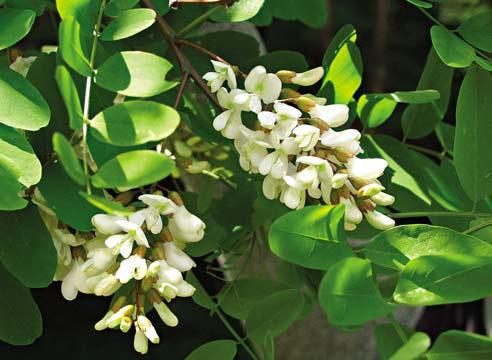
For seedlings to grow well, the temperature must be high. If spring is cold, it is recommended to plant in a greenhouse. It is easier to propagate by root suckers than by seeds. To do this, dig up a young plant with its rhizome and transplant it to a permanent place. The seedlings take root well and grow in sunny places. The soil mixture should consist of turf soil, peat and sand in a ratio of 3:2:2.
The most effective way is propagation by cuttings. In the spring, when the weather is warm, take cuttings from several lateral roots of a healthy adult plant.
The length of the cutting should be at least 20 cm and the diameter about 5 mm. Next, plant in the prepared nutrient substrate. The root cut should be treated with crushed coal. Do not forget that the cut must be on the surface of the soil. In warm and humid weather, the appearance of shoots can be observed after a few weeks. All Robinia species should be planted in the spring. If planting is done in the fall, the roots of the plant may rot from cold or too wet conditions. soil.
Features of caring for white acacia
After planting, young seedlings require special care. They need to be regularly watered and fed, and weeds removed. After planting, in order for the plant to take root well, it should be watered abundantly. False acacia is easy to care for and grows quite quickly in any soil. The soil around the plant must be mulched. To do this, you can use peat, sawdust or small pebbles.
Stagnation of water can cause roots to die, so this should be avoided. It is better to use organic fertilizers in the form of manure or bird droppings, which are diluted with water. Recommended in summer feed Robinia bushes during and after flowering.If necessary, prune old shoots. Fruit plants such as apples and pears should not be planted next to acacia. Since acacia has a highly developed root system, it will suppress other trees. When properly grown and cared for, decorative locust robins will decorate a summer cottage or country house and will delight you with their beautiful flowering and fragrant aroma.
Robinia false acacia on video:
Interesting information about the vegetable garden


